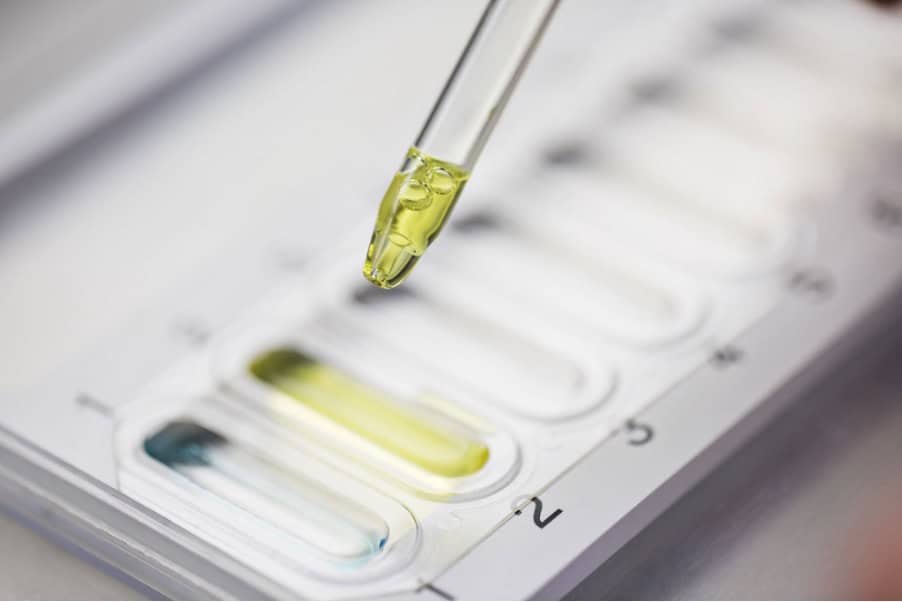Wien, 11.10.2024 – Text: Catarina Carrão
In vitro diagnostic (IVD) devices: clinical performance studies
Despite extended transition periods and multiple guidelines, IVDR remains difficult to interpret and bringing devices into compliance requires additional efforts. The generation of clinical evidence is essential to demonstrate compliance with IVDR, and encompasses scientific validity, analytical performance and clinical performance studies with the device and its analytes. As such, as defined in Article 2(46) of the European Union (EU) IVDregulation (IVDR),1 an interventional clinical performance study is a performance study of an IVD that:
– is not intended solely for research purposes, and
– where the investigational device does not still bear a CE mark, or
– its use in the performance study is outside its intended purpose, and
– samples are taken by surgically invasive procedures solely for the purpose of the performance study, or
– the conduct of the study involves additional invasive procedures or other risks to the subjects.
IVD clinical performance studies: types of studies
Just like a clinical investigation for a medical devices, such clinical performance studies need approval by the competent authorities in the respective Member State of the EU where they will be performed. Studies with prospective samples (i.e., without risk for the subjects and non-interventional) are obliged to obtain authorization from the competent authorities. Even when using residual samples, clinical performance studies will need approval unless the IVD is already CE marked and the investigational scope of the performance study does not go beyond the intended purpose as defined in the instructions for use (IFU). Also, studies with leftover specimens require sponsoring (i.e., an ethical and data protection framework for individuals). Finally, interventional studies or studies with potential risks for subjects have extra obligations for sponsors and considerations to ensure the safety of individuals undergoing research.
IVD clinical performance studies: approval
The application procedure can be divided into a validation phase and a substantive review phase. During the validation of an application, it is ensured that the application falls within the scope of the IVDR and that all required documents have been provided by the sponsor (see Article 66(2)-(5) IVDR).2 This validation phase is identical for all applications submitted.But the subsequent assessment of the content of the application differs depending on the regulatory classification of the performance study.
In the absence of the European database on medical devices (EUDAMED), a series of performance study application/notification documents have been created to support performance study procedures with respect to the IVDR.3 These documents include:
• Performance study – application/notification form under the IVDR.
• Addendum to the performance study application/notification form for:
- Additional performance device(s),
- Additional comparator device(s),
- Additional site(s),
• Performance study supporting documents,
• Checklist of general safety and performance requirements, standards, common specifications and scientific opinions.
Insofar as possible, the performance study application/notification form includes the same data fields as the EUDAMED system in development.
Conclusions
As described, a single approach does not exist although there is a common framework that is accepted by all competent authorities. Notified Bodies will expect data from clinical performance studies with leftover specimens, prospective samples and/or from interventional studies. Study design depend will depend on the objectives, expected performances and intended use.
Associated Image

Image credit: Stock Photo
Further Reading:
All references assessed 11 October 2024.
1. Article 2(46) IVDR: https://eur-lex.europa.eu/eli/reg/2017/746/oj
2. Article 66(2)-(5) IVDR: https://eur-lex.europa.eu/legal-content/EN/TXT/PDF/?uri=CELEX:32017R0746
3. MDCG guidance 2022-2: https://health.ec.europa.eu/system/files/2022-01/mdcg_2022-2_en.pdf


